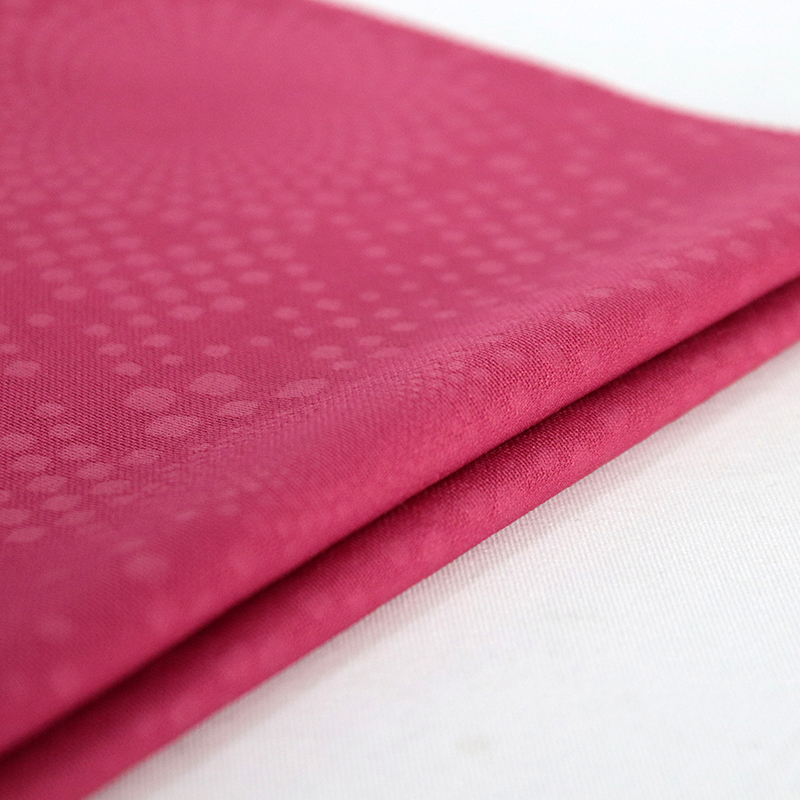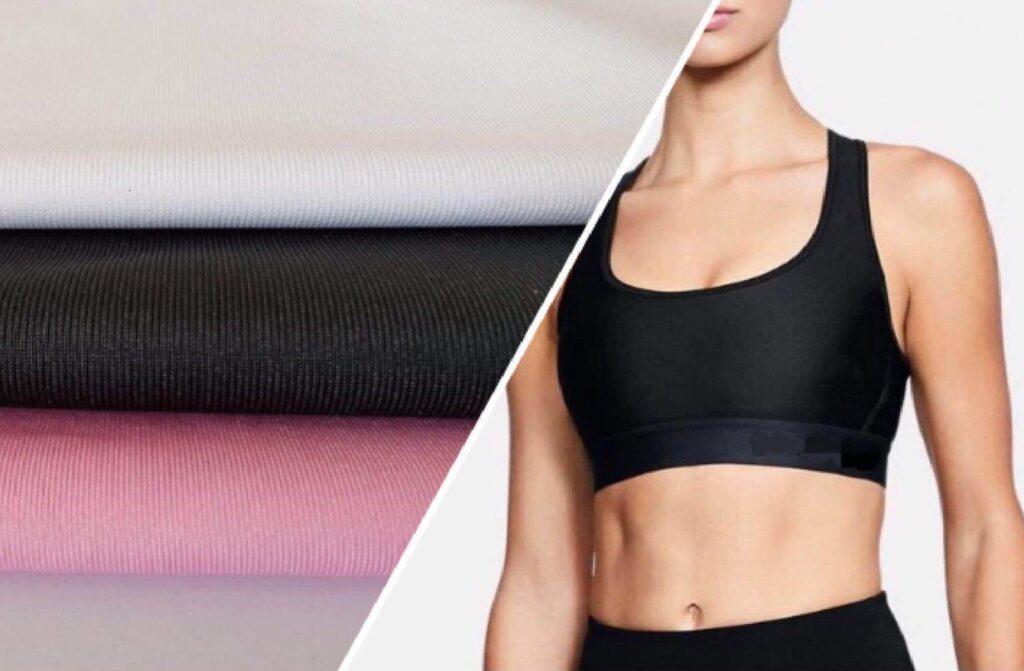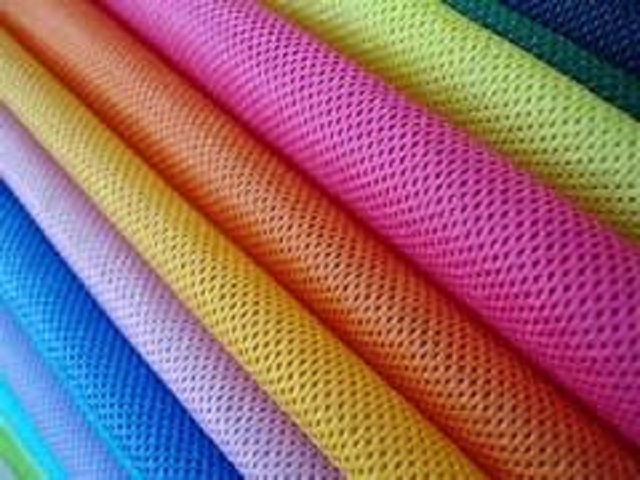English: [warm knitting]
Explanation: The method of knitting fabrics by using longitudinal warp loops
Origin: The name warp knitting comes from weaving. Warp knitting is different from weft knitting in that the loops formed by it are arranged in the vertical direction or the warp direction, and are formed by splicing adjacent yarns. The machine used for warp knitting looks like a loom. All the yarns are wound on the warp beam, which is located behind and above the knitting area. All the yarns are fed into the knitting area at the same time. During the socketing process, each yarn is controlled by a separate needle. However, the guide bar controls the position of the yarn, and the needle used may change each time the loop is formed. Jacquard mechanism can be used to control the needle to produce tricot fabrics with complex patterns. In view of the technology used in warp knitting, the position of yarn feeding device and the mutual splicing of parallel yarns, it is sometimes called a warp knitting machine.
Warp knitting is a processing system used to produce open weave fabrics, which have a straight side and are known for their high production speed and large output. Warp knitted fabrics can be classified into different types based on the equipment used and the characteristics of the fabric. The main types of warp knitted fabrics are:
- Tricote: This type of warp knitted fabric is made using a tricot machine, which has a series of needles that move in a zigzag pattern to create the fabric. Tricote fabrics have a distinctive texture and are often used in clothing, upholstery, and technical textiles.
- Raschel: This type of warp knitted fabric is made using a raschel machine, which has a series of needles that move in a straight line to create the fabric. Raschel fabrics have a smooth, uniform texture and are often used in clothing, upholstery, and technical textiles.
- Milanis: This type of warp knitted fabric is made using a milanis machine, which has a series of needles that move in a zigzag pattern to create the fabric. Milanis fabrics have a textured, woven appearance and are often used in clothing, upholstery, and technical textiles.
- Simplex: This type of warp knitted fabric is made using a simplex machine, which has a series of needles that move in a straight line to create the fabric. Simplex fabrics have a smooth, uniform texture and are often used in clothing, upholstery, and technical textiles.
The most common types of warp knitted fabrics are Tricote and Raschel, which are widely used in various industries due to their versatility, durability, and cost-effectiveness.
Warp knitted fabric has certain elongation and extensibility, although its value is lower than that of weft knitted fabric. The factors affecting the tensile properties of fabrics are: fabric structure (such as single bar, double bar warp knitted fabrics, Raschel warp knitted fabrics); Tightness of fabric (the tighter the fabric, the lower its tensile property); Finishing process (can give good dimensional stability to the fabric); Machine number (i.e. the number of internal needles per unit width); Type of yarn (such as elastic core spun yarn, fancy yarn with low or poor elasticity, single yarn or ply yarn with good dimensional stability).
The strength of warp knitted fabric can be increased by using high-strength fiber yarn, yarn with a balanced structure, and high machine number and thin high-strength yarn. Additionally, the use of plied yarn combined by different fiber yarns and the change of coil spacing can also affect the strength of the fabric.
Here are some more details on each of these methods:
- Use high-strength fiber yarn: High-strength fiber yarns, such as aramid, carbon, or glass fibers, have a higher tensile strength than traditional fibers, which can improve the overall strength of the warp knitted fabric.
- Use yarn with balanced structure: Yarns with a balanced structure, such as those made from a combination of high-strength and low-stretch fibers, can provide improved strength and durability to the fabric.
- Use high machine number and thin high-strength yarn: Using a high machine number (i.e., a higher number of needles per inch) and thin high-strength yarn can create a denser and stronger fabric.
- Use plied yarn combined by different fiber yarns: Plying yarns made from different fibers, such as a combination of high-strength and low-stretch fibers, can create a fabric with improved strength and durability.
- Change coil spacing: The coil spacing, or the distance between the coils in the fabric, can affect the strength of the fabric. A smaller coil spacing can create a stronger fabric, while a larger coil spacing can create a fabric with more stretch and flexibility.
By using one or a combination of these methods, it’s possible to increase the strength of warp knitted fabric and create a fabric that meets specific performance requirements.




